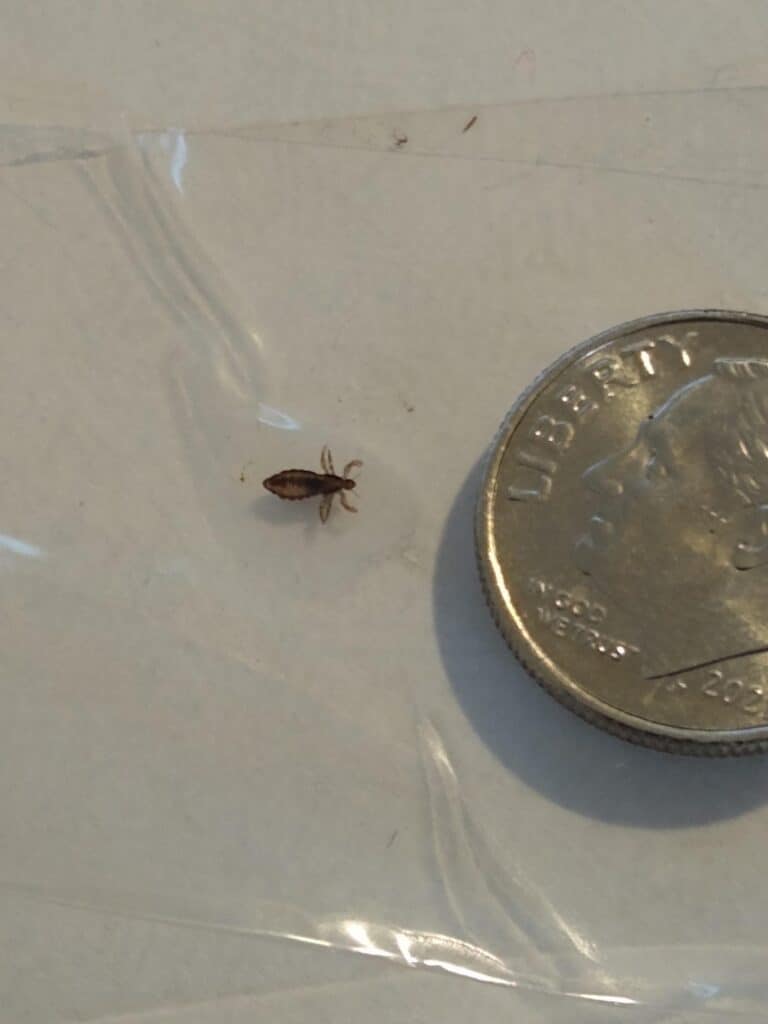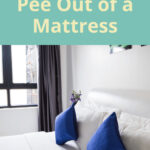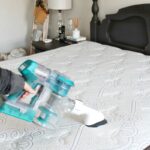Are you wondering how long lice can survive on a mattress? If so, you are not alone. In recent years, lice infestations have become increasingly common among households. Knowing the answer to this question can help you determine the best course of action to take in order to protect your family from these pesky creatures. This article will explain how long lice can live on a mattress, as well as what you can do to get rid of them.
What are Lice?
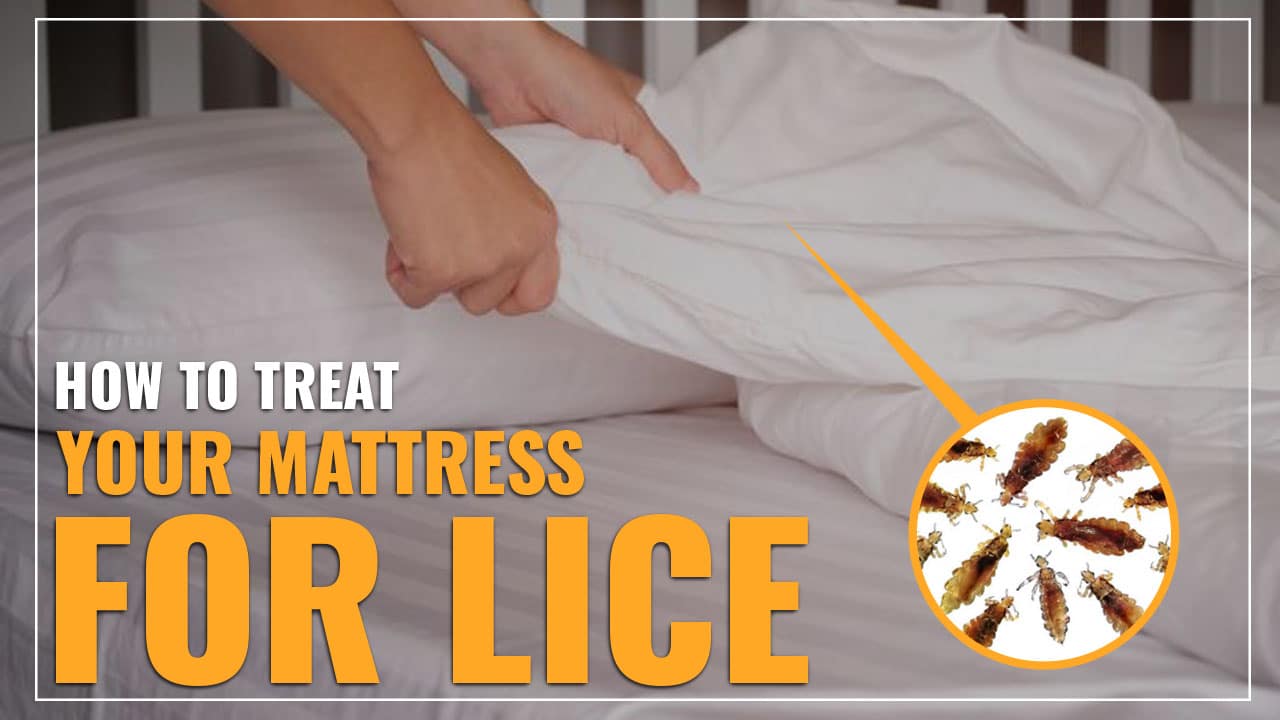
Lice are tiny parasitic insects that feed on human blood and can survive for up to 30 days on a mattress. They can be found in the hair and clothes of infested people and are spread through direct contact or shared belongings.
Signs of lice infestation include:
- Itching of the scalp, neck, and shoulders
- Red bumps on the scalp, neck, and shoulders
- Visible nits (lice eggs) on hair shafts
If you suspect that you have a lice infestation, it is important to take the necessary steps to treat your mattress for lice, as well as the rest of your home. Lice can survive on a mattress for up to 30 days, so it is important to thoroughly clean the mattress and the surrounding areas to prevent re-infestation.
How Long Do Lice Live on a Mattress?
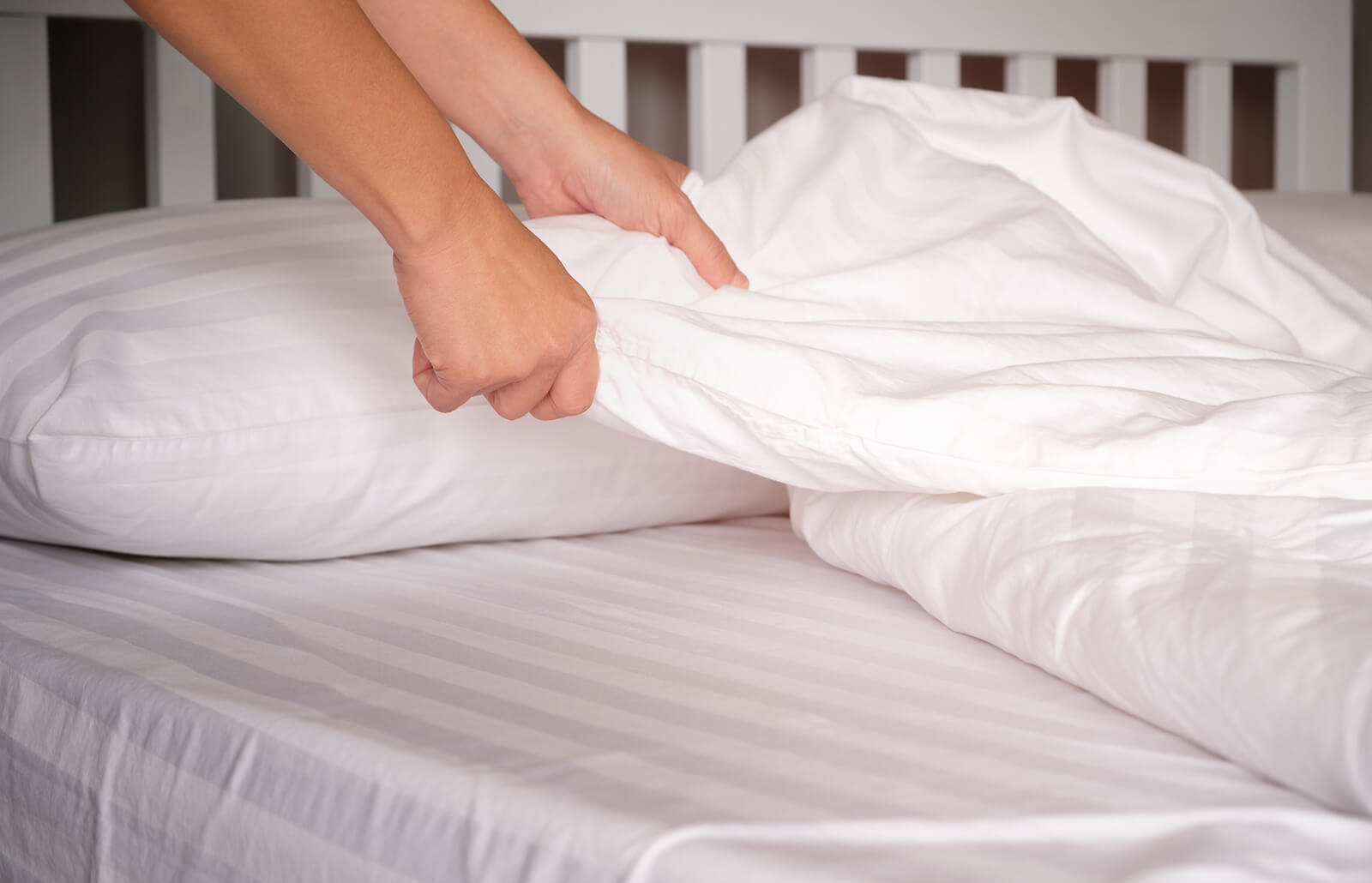
Lice can survive for up to three days on a mattress. They are able to survive on mattresses because they feed on human blood and can survive for short periods of time away from their host. Lice are not able to survive for very long in extreme temperatures, so a mattress kept at a temperature of below 65 degrees Fahrenheit will not support them for long.
Lice also need a warm, moist environment to survive, so if you keep your mattress dry and cool, they will not be able to survive on it. Lice on a mattress are also vulnerable to being vacuumed or washed away, as they cannot move very quickly.
To prevent lice from surviving on your mattress, it is important to wash all bedding, including pillows and comforters, in hot water at least once a week and vacuum your mattress at least once a month. Additionally, you should also check your mattress regularly for signs of lice and treat any infestations immediately.
Bottom Line: Lice can survive for up to three days on a mattress, but if you keep your mattress dry and cool and regularly wash and vacuum it, you can prevent them from surviving.
What Can You Do to Treat a Mattress for Lice?
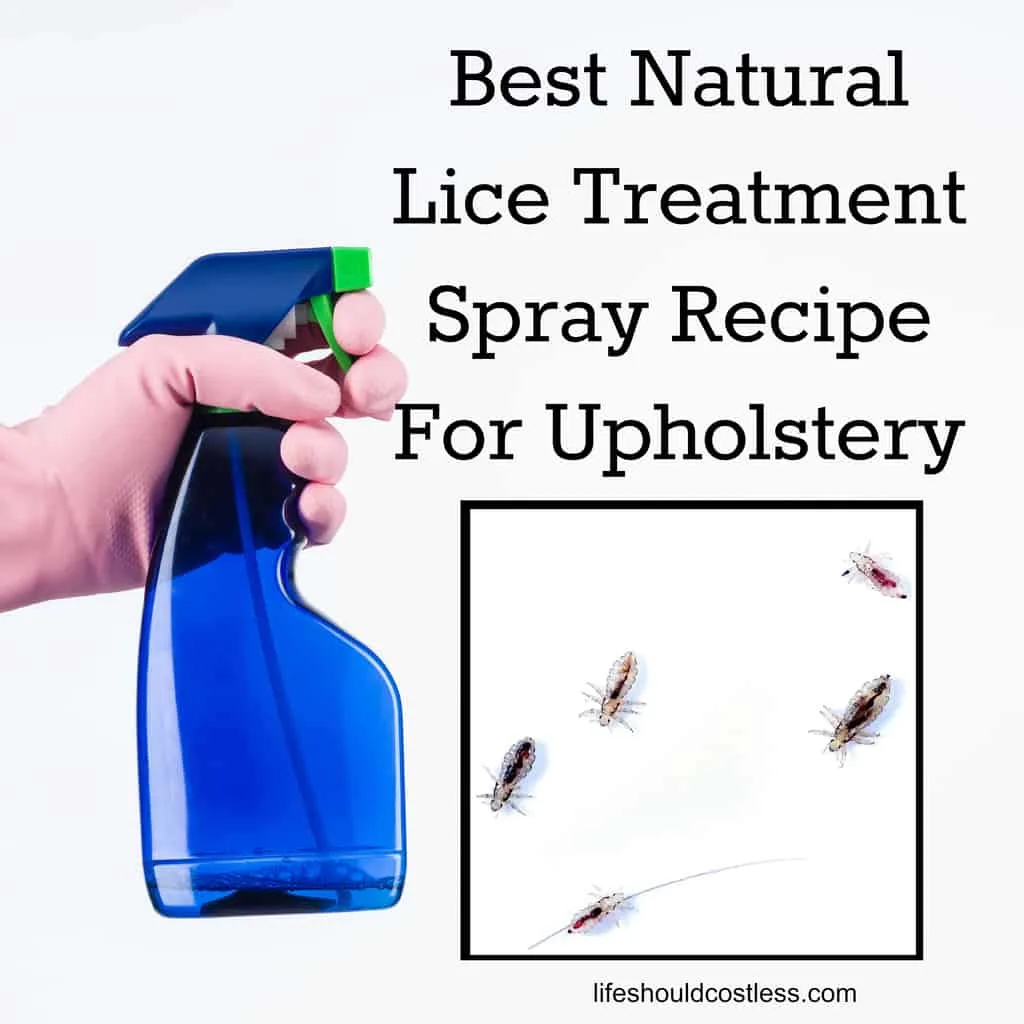
Cleaning the Mattress
The first step in treating a mattress for lice is to clean it thoroughly. Start by removing all bedding, linens, and blankets, and washing them in hot water. Then, disinfect the mattress itself using a vacuum cleaner and an anti-lice spray.
Vacuuming the Mattress
Vacuuming the mattress is essential in getting rid of lice. Vacuums with powerful suction will help remove lice and their eggs from the mattress. After vacuuming, use a lice-killing spray to further eliminate any remaining lice or eggs.
Using a Lice-Killing Spray
Using a lice-killing spray is a good way to make sure all lice and eggs are eliminated from the mattress. Make sure to follow the instructions on the label carefully.
Putting a Mattress Cover on the Mattress
Once the mattress is cleaned and disinfected, it is important to put a mattress cover on it. Mattress covers are made of a material that prevents lice from living in the mattress. This will help protect the mattress from future infestations.
How to Prevent Lice On Your Mattress
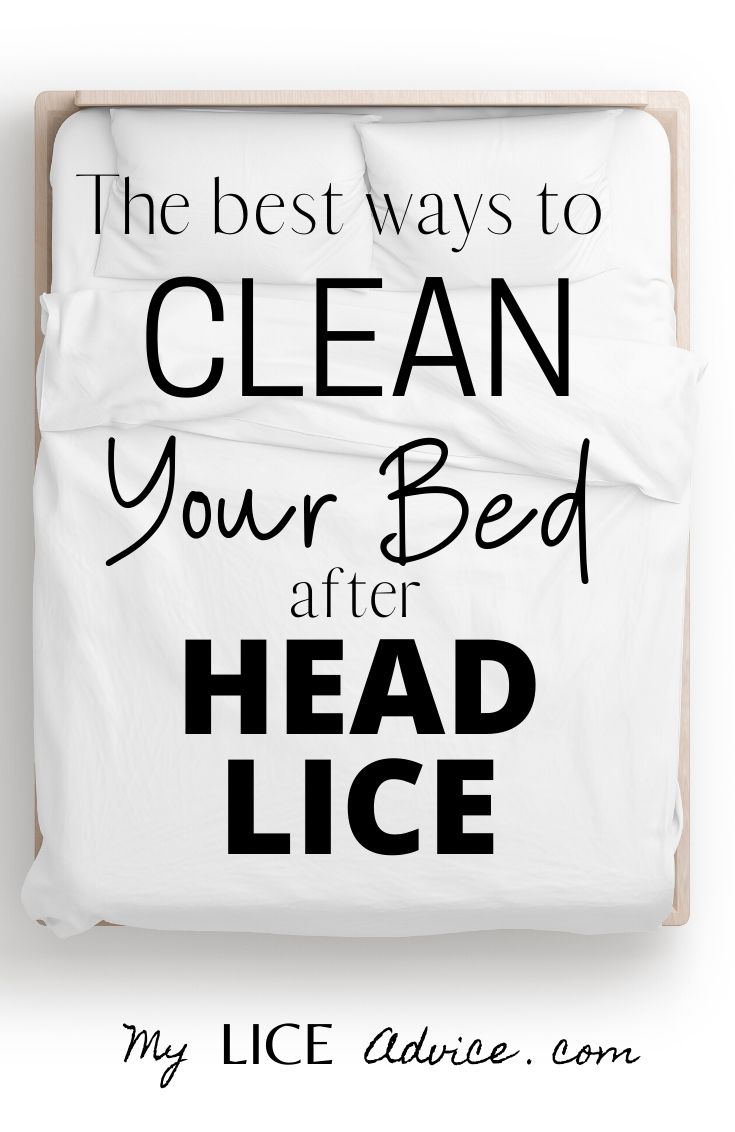
- Clean your mattress regularly: Vacuum and steam clean your mattress periodically to remove dust and debris that could harbor lice eggs.
- Encase the mattress: Invest in a mattress encasement, which is a zippered mattress cover made of tightly woven fabric. This will help keep lice eggs from getting into your mattress.
- Wash bedding: Regularly wash your bedding in hot water and use the hottest drying setting on your dryer to kill any lice or eggs that may be on your sheets.
- Keep hair and other items off the mattress: Do not let your hair, clothing, or other items come into contact with your mattress, as this can transfer lice or eggs.
- Use lice-repellent sprays: Sprays are available that can help repel lice from your mattress. Be sure to follow the instructions carefully and reapply as necessary.
How to Identify Lice on Your Mattress
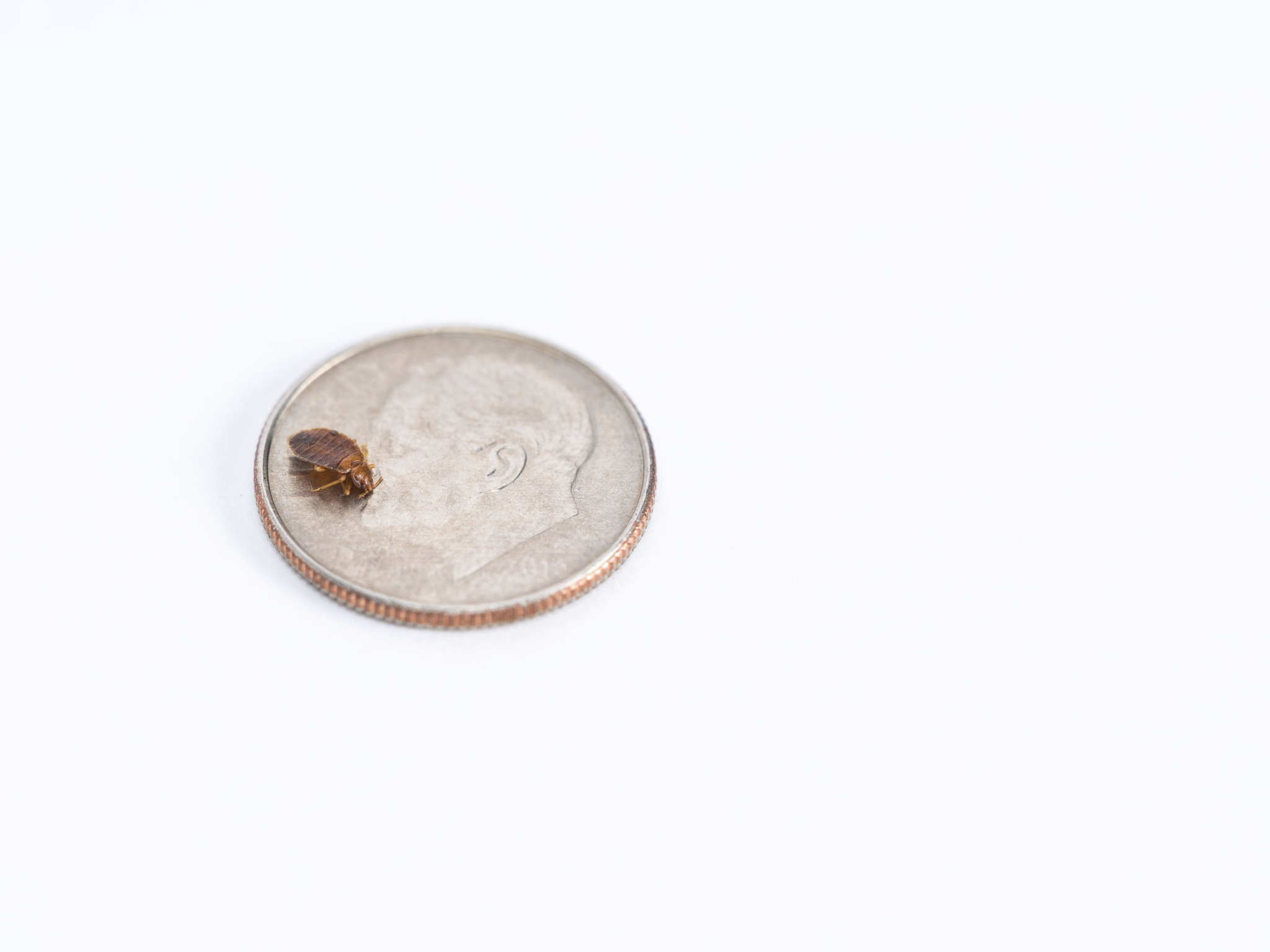
Eggs: Lice lay eggs (called nits) on the mattress. These eggs are very small and can be hard to see. They are usually found in the seams of the mattress or on the zipper. You can also look for a white, powdery substance. This is a sign of lice eggs.
Adults: Adult lice are very small and are usually found on the mattress surface. They can be hard to see with the naked eye and look like small white or light brown bugs.
Bites: Lice bites can cause itching and redness on the skin. If you have bites on your body, it could be a sign that you have lice or that you may have been exposed to them.
Examine Carefully: To be sure you have lice, it is important to carefully inspect the mattress. Using a magnifying glass and a bright light, look for any signs of lice eggs or adults. If you find any signs, it is important to take action immediately.
Check Other Bedding: It is also important to check other items in your bedroom, such as pillows, blankets, and sheets. If you find any signs of lice on these items, you may need to treat them as well.
| Signs of Lice | What to Look For |
|---|---|
| Eggs | White, powdery substance in seams of mattress or on zipper |
| Adults | Small white or light brown bugs on mattress surface |
| Bites | Itching and redness on skin |
| Other Bedding | Check pillows, blankets, and sheets for signs of lice |
How to Tell if Lice Have Been Cured
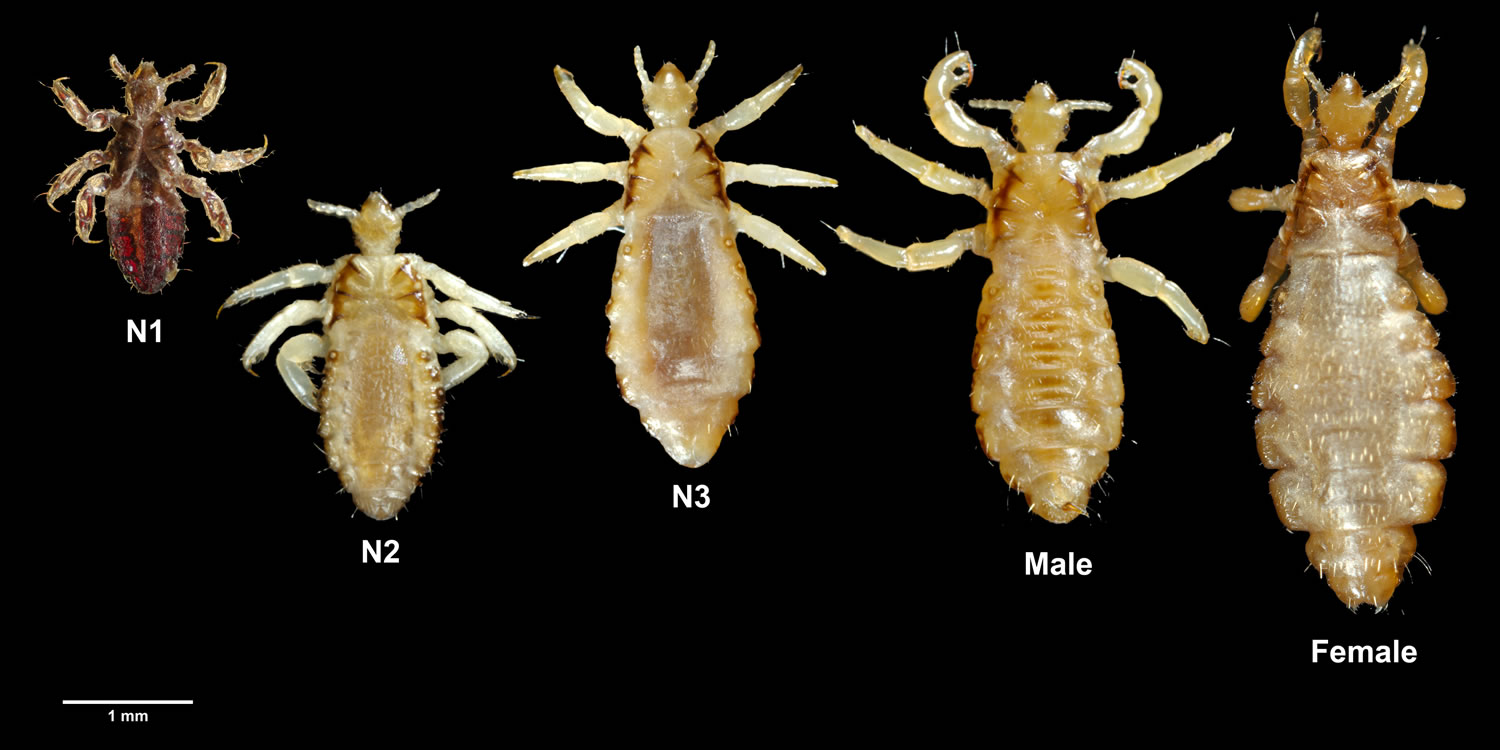
Once your lice treatment is complete, it’s important to know if it was successful. There are several signs that indicate if your lice have been effectively eliminated.
- No more itching – One of the most common symptoms of lice is itching, so if this has stopped it’s likely the lice have been killed.
- No more lice eggs – Check your scalp for nits (lice eggs) and if none are found, it’s likely the lice have been eradicated.
- No more lice – If you do not find any live lice when checking your scalp, it’s a good indication the lice have been eliminated.
If you are unsure if your lice have been cured, consult your doctor or healthcare provider.
Consequences of Not Treating Your Mattress for Lice
Without proper treatment, lice can live on a mattress for up to two or three days. During this time, they will feed on human blood and lay eggs. The eggs, known as nits, will then hatch and the cycle will continue. This can cause a number of health issues, such as skin irritation and allergic reactions, as well as insomnia, fatigue, and headaches. It can also lead to further infestations, as lice can spread to other areas of the home. In addition, lice can result in the spread of other diseases and parasites, such as scabies and louse-borne typhus. Therefore, it is essential to treat your mattress for lice as soon as possible.
Frequently Asked Questions
How can I tell if my mattress is infested with lice?
- Live lice: Check for live lice crawling on the mattress surface or in the seams. Lice are about the size of a sesame seed and are usually a light tan or gray color.
- Nits: Look for nits (lice eggs) attached to the mattress fabric. Nits are usually a yellow, tan, or white color.
- Stains: Look for blood stains on the mattress. This is a sign that the lice have been feeding on the host.
- Odor: Unpleasant odors can indicate an infestation. If the mattress has a musty or sour smell, it may be due to the presence of lice.
If any of these signs are present, it is likely that the mattress is infested with lice. If you are unsure, it is best to consult a professional who can inspect the mattress and determine the presence of lice.
Are there any over-the-counter treatments or remedies to get rid of lice on a mattress?
Yes, there are. Here are some of the most effective over-the-counter treatments or remedies to get rid of lice on a mattress:
- Vacuuming the mattress regularly.
- Using a lice-killing spray to treat the mattress.
- Using a specialized lice-killing shampoo on the mattress.
- Using a lice comb to comb through the mattress and remove any lice.
- Cleaning the mattress with hot water and soap.
It is important to remember that lice can easily spread from one person to another, so it is important to treat all affected people and items. Treating the mattress is just one part of the process. It is also important to follow up the treatment with regular vacuuming, and to keep the mattress clean and free of any lice.
How Can I Prevent Lice Infestations in the Future?
To reduce the chances of lice infestations, it is important to practice good hygiene, such as regular shampooing, combing and brushing of the hair, and washing bedding frequently. Washing bedding in hot water and drying on the highest heat setting should also help prevent lice infestations. It is also important to avoid sharing personal items such as combs, hats, and hair accessories.
Can lice Survive on Other Surfaces Besides Mattresses?
Though lice can primarily survive on mattresses, they can also survive on other surfaces such as carpets, furniture, and clothing. They can also survive for up to 24 hours on hard surfaces such as countertops, desks, and books. The lice need to be able to feed to survive, so they will find their way to the warmest, softest places in a home, such as mattresses, carpets, and furniture.
To prevent the spread of lice, it is important to clean all surfaces and items that may have come into contact with the lice. Vacuuming, washing and drying all fabrics, and cleaning hard surfaces can help to get rid of any lice or eggs that may have been left behind.
Is it safe to use pesticides to eliminate lice on a mattress?
Yes and No. Using pesticides can help to eliminate lice on a mattress, however, it is important to consider the risks associated with using pesticides. Here are some things to consider:
- Pesticides can be toxic to humans and animals. It is important to read the label carefully and follow the safety instructions to minimize the risk of exposure.
- Pesticides can irritate the skin, eyes, and lungs. It is important to use protective gear, such as gloves, face masks, and eye protection, to prevent potential exposure.
- Pesticides can remain on the mattress for a long time. It is important to use a mattress cover to protect from potential exposure.
- Pesticides can be harmful to the environment. It is important to use only the amount recommended on the label and to dispose of any unused pesticide properly.
In conclusion, it is possible to use pesticides to eliminate lice on a mattress. However, it is important to consider the risks associated with using pesticides and to take the necessary safety precautions.
Conclusion
It is important to note that lice can survive on a mattress for up to two days. To prevent an infestation, it is important to use the correct cleaning products and perform regular vacuum cleaning of the mattress. It is also important to properly dispose of any infested items in order to prevent the spread of lice. Finally, if an infestation does occur, it is important to seek professional medical treatment to ensure the problem is completely eradicated.
References
- WebMD. (2020). Lice FAQ: Questions and Answers. Retrieved from https://www.webmd.com/skin-problems-and-treatments/lice-faq-questions-answers#1
- Centers for Disease Control and Prevention. (2020). Head Lice FAQs. Retrieved from https://www.cdc.gov/parasites/lice/head/gen_info/faqs.html
- Wikipedia. (2020). Pediculosis. Retrieved from https://en.wikipedia.org/wiki/Pediculosis
